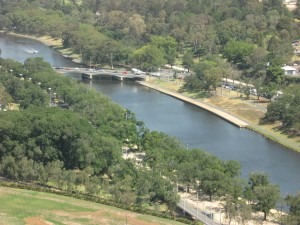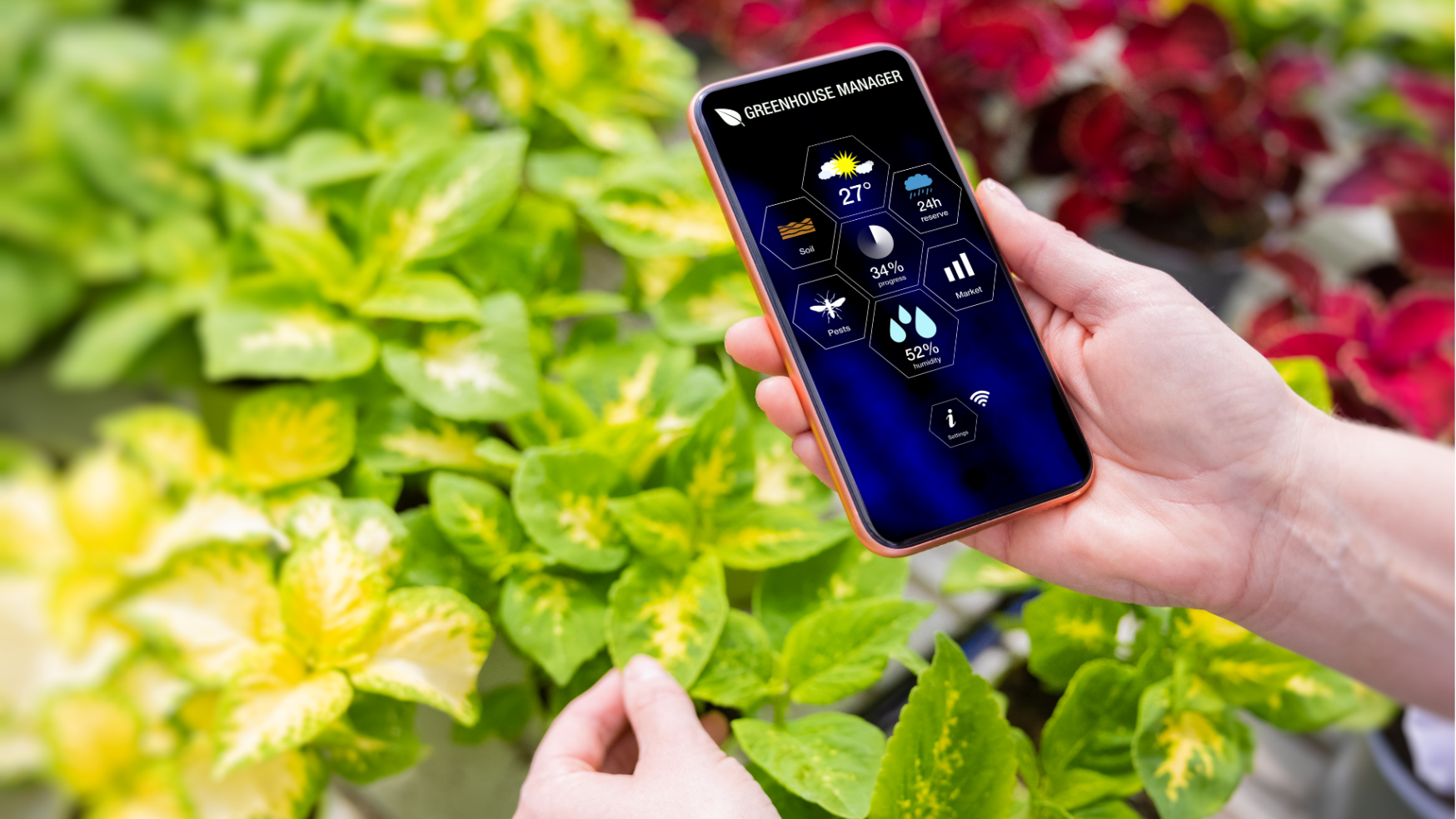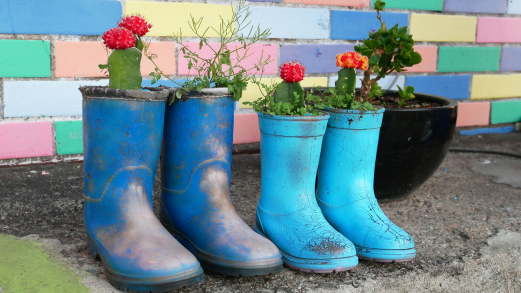It is a great pity that so many of our citizens think of our parks, gardens, streetscapes and urban landscapes only in terms of their aesthetics. While they are beautiful and decorative, these attributes often mask the many functions that they serve in our cities to the point where their economic and environmental benefits are often overlooked.
Urban landscapes and trees have been wonderfully silent assets in our cities for decades and even centuries. They are major urban infrastructure assets. Cities are biodiversity hot spots due to the variety of habitats available in public and private open space, including front and back yards. However as assets we may need to expend resources – labour, energy, and even water – on their proper management.
While I often hear it said that; “There are better things to use the water on than plants and gardens” I challenge you to name them. What else delivers so many benefits immediately, benefits that last centuries into the future, which prolong healthy lives and make cities both sustainable and livable?
At a time of climate change, it is worrying that both private and public open spaces are threatened by urban renewal and development that puts at risk long term sustainability. In many of these situations there is insufficient open space – public or private – for the planting of large trees and so there are less opportunities for the role of vegetation in ameliorating the heat island effect, reducing wind speed, providing shade and reducing energy. This outcome raises questions about the economic viability of such developments, as well as their long term environmental sustainability.
There is real economic value in the shade provided by trees that drop temperatures by up to 8°C. They can reduce air conditioner use by 12-15% which also decreases the carbon emissions from our largely brown coal generated electricity. While it is more difficult to place a value on reduced wind speeds of up to 10% due to the presence of vegetation, we do know that under climate change winds will be stronger and that Victoria has suffered the effects of three major wind storm events over the past few years.
Urban vegetation also has significance in removing atmospheric pollutants. In New York in 1994 it was calculated that the city’s vegetation provided US$10million of benefit in pollution removal. The planting of 11 million trees in the Los Angeles basin saves US$50million per annum on air conditioning bills. Sadly there are few similar studies for Australian cities, but in the only study of its kind, economists noted that an Adelaide street tree provides a minimum annual benefit of $200 per year and that it was a gross under-estimate of the real value.
There is also the role of vegetation under a changed climate in holding and absorbing water during more intense rainfall events. The economic value of reducing localized flooding could be substantial. So if we lose our urban trees and landscapes because we don’t think they are worthy of some of our resources we could pay a very high price indeed. We won’t know what we have lost till it’s gone.
I could go on for pages about the benefits of urban trees and landscapes. I haven’t even mentioned how gardens improve human heath, extend life spans, reduce violence and vandalism, lower blood pressure and save society a truck load on medical and social infrastructure costs. Isn’t it lucky that as we let all the turf in our parks and ovals die that we don’t have a problem with kids lacking exercise and becoming obese. If we did, we might be paying an even higher price for the loss of public and private space than we ever dreamed possible.
Natural turf is quite a complex ecosystem and has a significant effect on temperature and the heat island effect, and if properly managed also sequesters a considerable amount of carbon. Perhaps it is not the villain that many think when they consider only the water component of a more complex equation.
 Melbourne is one of Victoria’s biodiversity hot spots. The parks, gardens, streets and front and backyards provide a very diverse range of plant species that generate a myriad of habitats and niches for wildlife. High density urban developments and inner city renewal make it virtually impossible to grow trees in places that were once green and leafy. We rarely ever see the real costs of such developments.
Melbourne is one of Victoria’s biodiversity hot spots. The parks, gardens, streets and front and backyards provide a very diverse range of plant species that generate a myriad of habitats and niches for wildlife. High density urban developments and inner city renewal make it virtually impossible to grow trees in places that were once green and leafy. We rarely ever see the real costs of such developments.
In the past decade tree populations in many Australian cities have declined, particularly with the loss of private open space. While costs, and the damage and nuisance values attributed to trees are widely known, the benefits they provide are often subtle and under-appreciated.
Urban vegetation provides economic and ecological services to society. They are assets which warrant the expenditure of resources such as labour, energy and water. Such expenditure is not wasted as trees and urban landscapes provide far more economically and ecologically than they use. In any comprehensive and fair calculation urban trees and landscapes are worth more than they cost.
Article and photos copyright to Greg M. Moore, Senior Research Associate, Burnley College, University of Melbourne
Related Articles:
Citizen Science: A Pathway to Gardening Success and Biodiversity Conservation
In recent years, the realm of science has experienced a remarkable transformation, one that invites people from all walks of life to participate…
A Sustainable Gardener’s Guide to Thrifty Gardening
Creating an eco-friendly and cost-effective garden involves more than just nurturing plants; it's about adopting a sustainable approach that…




